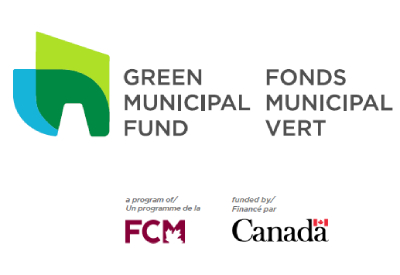More Small-Scale, Multi-Unit Homes Coming to B.C., Zoning Barriers Removed

November 24, 2023
B.C. is introducing new housing legislation to deliver more small-scale, multi-unit housing for people, including townhomes, triplexes and laneway homes, and fix outdated zoning rules to help build more homes faster.
“Anyone looking for a place to live in a community they love knows how hard it is – and outdated zoning rules are making that even harder,” said Premier David Eby. “Constructing mostly high-rise condo towers or single-family homes means B.C. isn’t building enough small-scale multi-unit homes that fit into existing neighbourhoods and give people more housing options that are within reach. That’s why we’re taking action to fix zoning problems and deliver more homes for people, faster.”
Historical zoning rules in many B.C. communities have led most new housing to be built mostly in the form of condos, or single-family homes that are out of reach for many people, leaving a shortage of options for the types of housing in between. Zoning barriers and layers of regulations have also slowed down the delivery of housing, making people go through long, complicated processes to build much-needed housing in communities.
“The housing crisis has made it harder for growing families looking for more space, seniors looking to downsize, and first-time homebuyers who can’t find a home that meets their needs and budget,” said Ravi Kahlon, Minister of Housing. “This legislation strengthens the vibrancy of our communities, while building the type of housing that will help us address the housing crisis.”
The proposed legislation and forthcoming regulations will permit one secondary suite or one laneway home (accessory dwelling unit) in all communities throughout B.C.
In most areas within municipalities of more than 5,000 people, these changes will also require bylaws to allow for:
- three to four units permitted on lots currently zoned for single-family or duplex use, depending on lot size;
- six units permitted on larger lots currently zoned for single-family or duplex use and close to transit stops with frequent service.
Municipalities covered by the legislation may permit additional density if desired, but cannot have bylaws that allow for fewer permitted units than the provincial legislation.
The legislation will also speed up local housing development approvals, by shifting local planning and zoning processes to happen up front. It will require municipalities throughout B.C. to expedite and streamline permitting by updating community plans and zoning bylaws on a regular basis, to ensure that they have enough housing to meet the needs of both their current and future residents. This will help create more certainty for both community members and home builders.
New proposed changes will also phase out one-off public hearings for rezonings for housing projects that are consistent and aligned with the official community plans. Instead, there will be more frequent opportunities for people to be involved in shaping their communities earlier in the process when official community plans are updated.
Modelling future scenarios cannot account for unforeseen circumstances, the changing nature of housing, real estate markets and other factors, but preliminary analysis indicates the province could see more than 130,000 new small-scale multi-unit homes in B.C. during the next 10 years. Other jurisdictions have had great success using similar policies to deliver more small-scale multi-unit homes faster. Auckland, N.Z. made similar changes in 2016. Research has shown these actions have led to the creation of more than 20,000 additional new homes over five years.
To support implementation, the Province will continue to provide local governments with resources to speed up approval processes, including the recently announced $51 million to support local governments in meeting the new density zoning requirements, and $10 million for the Local Government Development Approvals Program.
Additional legislation to support delivery of housing, support transit-oriented development, and help communities provide much-needed infrastructure, amenities and more certainty for projects will be introduced in the coming weeks. This legislation is part of the Province’s Homes for People action plan. Announced in spring 2023, the plan builds on historic action to deliver housing since 2017, and sets out further actions to deliver the homes people need faster, while creating more vibrant communities throughout B.C.
















